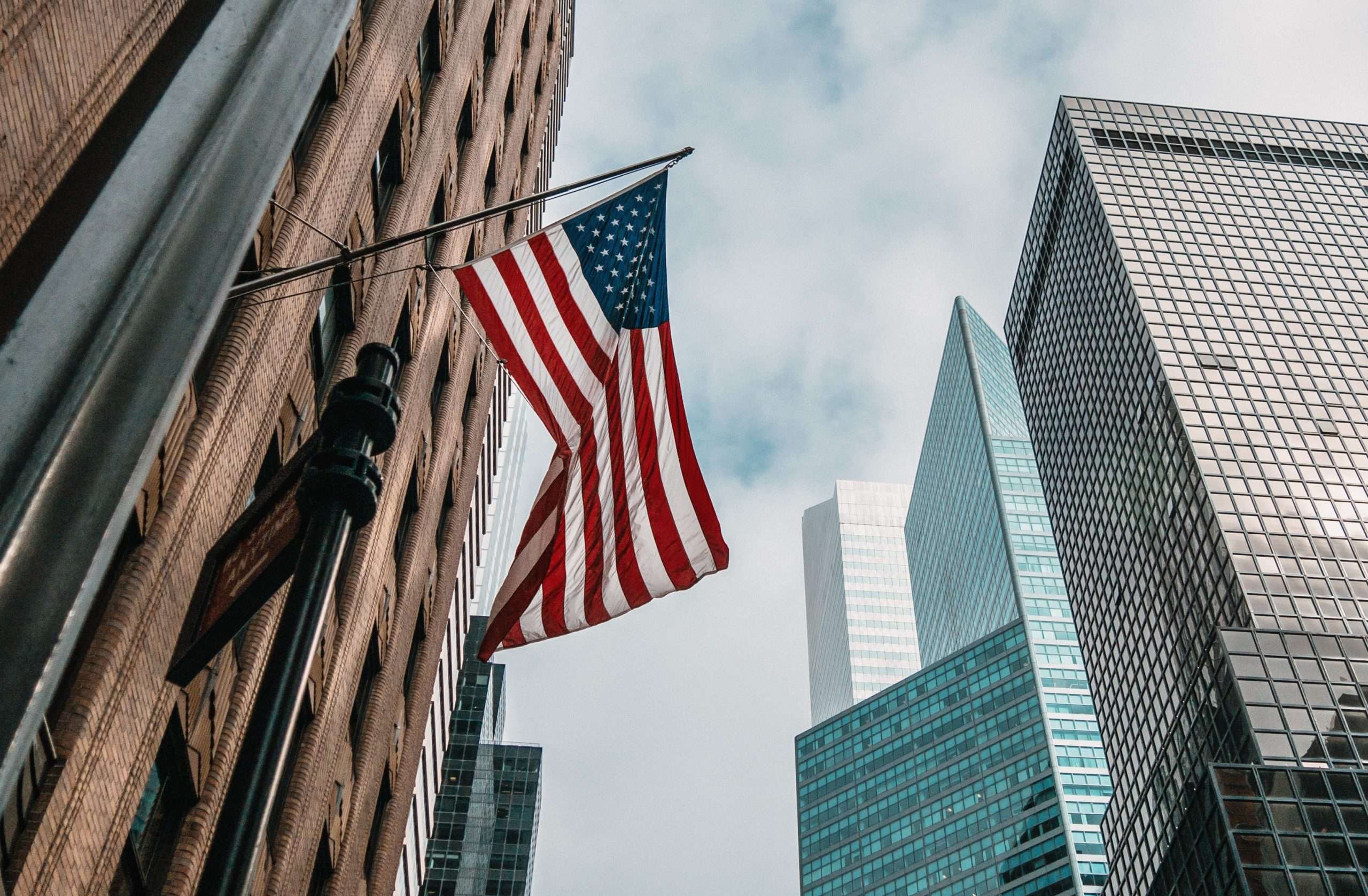The recently failed financial institutions were confronted with a variety of issues that had an impact on their operations.
For instance, Silvergate was subject to a number of regulatory actions as a result of its business interactions with the defunct FTX exchange, the exchange’s founder Sam Bankman-Fried, and Alameda Research, Silvergate’s sister company.
It also pointed to the bearish market in 2022 as one of the factors that contributed to the company’s insolvency.
On the flip, Silicon Valley Bank was unable to survive due to a significant number of operational losses in addition to other considerations. Additionally, Signature Bank was confronted with obstacles that it was unable to overcome, which led to state involvement.
Economists have found (1) that in addition to these three banks, more than 186 institutions across the United States are already in a position where they are likely to fail.
Economists have discovered additional banks that are on the verge of failing
Recent research found that as many as 190 financial institutions in the United States are already dangerously close to failing.
After examining the defunct Silicon Valley Bank, the analysts came to the conclusion that 10% of US banks presently have higher undetected losses than the SVB did at the time of their failure.
In addition to this, they found that SVB’s capitalization is larger than that of 10% of all other banks.
Yet, SVB maintained a greater proportion of its uninsured funding despite the fact that just 1% of banks held a greater amount of uninsured leverage. The losses plus the uninsured leverage were sufficient to precipitate the run on the uninsured deposit accounts, which ultimately resulted in SVB’s failure.
The experts pointed out that if other institutions confront a situation similar to this one, when 50% of their uninsured depositors decide to withdraw their money, over $300 billion worth of insured deposits will be in danger.
Several financial institutions in the United States are put in jeopardy if the withdrawals of uninsured depositors result in modest fire sales.
What exactly took place in the financial sector of the United States?
Following the increase in interest rates, the economists revealed that they conducted an analysis of the asset risk of the banks in the United States. They wanted to determine how the actions taken by the Federal Reserve in the United States affect the sector’s overall financial stability.
Sadly, the results of the investigation showed that there is a shortfall of $2 trillion in the book value of assets that make up loan portfolios that have been held to maturity in the sector’s market value.
In addition to this, it was revealed that the marked-to-market asset values of each and every bank in the United States fell by 10%.
In conclusion, the economists claimed that the decreases in the values of bank assets had exposed them to the possibility of insolvency if uninsured depositors opted to withdraw their money all at once.
Significantly, depositors who do not have insurance coverage typically suffer greater financial losses than their counterparts if a bank fails. As a result of this, financial institutions go into a frenzy whenever there is even the slightest possibility of a banking crisis.
But, despite the fact that things look bleak for the banking industry in the United States, both the action of the central bank and the pledge given by Vice President Joe Biden demonstrate that the federal government is prepared to assist the industry.
In addition, a study that was published not too long ago revealed that the most successful financial companies in the United States had contributed $30 billion to the rescue of a bankrupt US bank.
